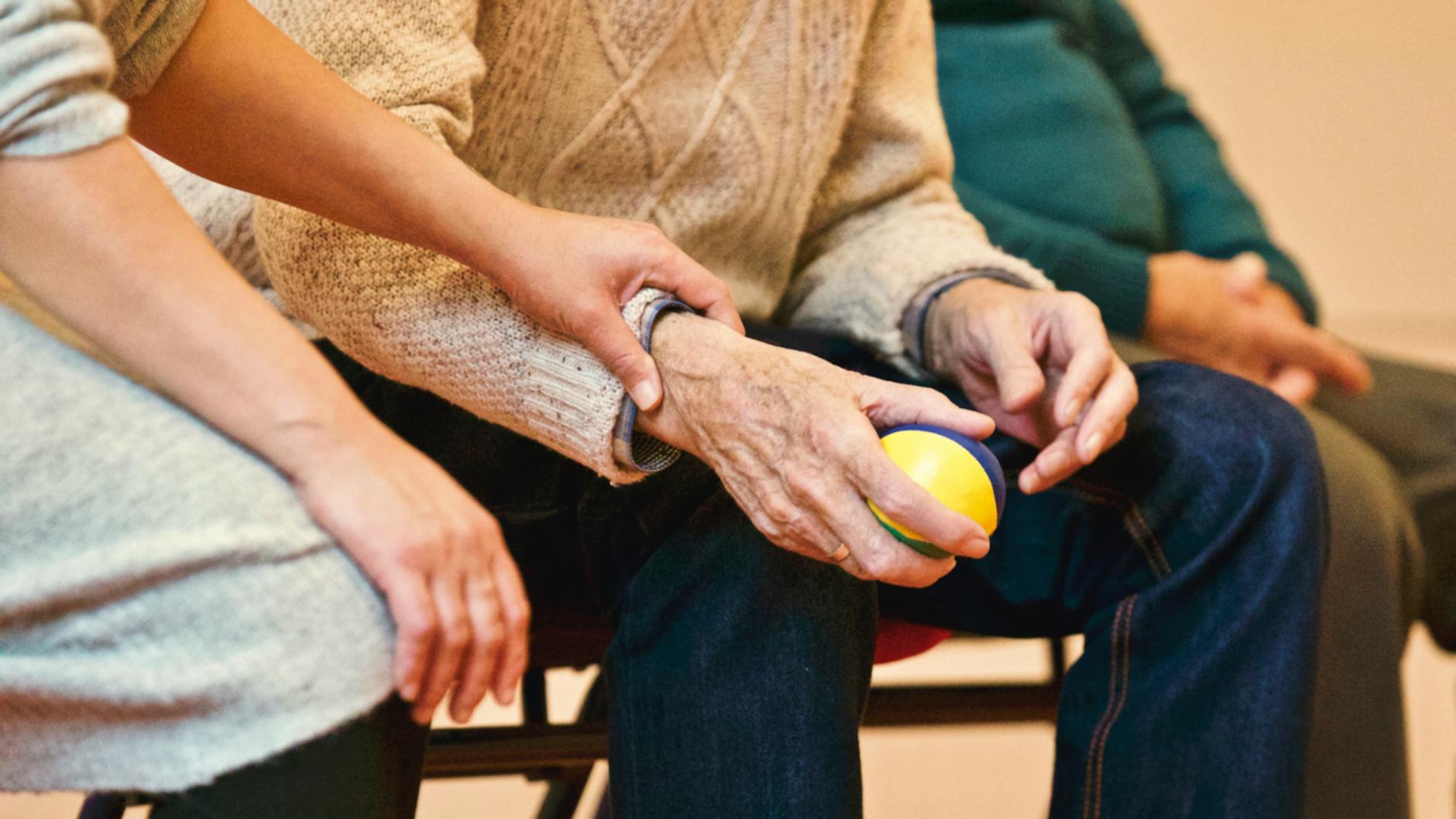
Cancer is a challenge, but staying active can be your secret weapon. 💪 Many believe that rest is the best medicine during cancer treatment, but research shows that physical activity can be a powerful ally in your fight against the disease. From reducing fatigue to boosting your mood, staying active during cancer treatment is surprising and inspiring.
But how do you balance exercise with the demands of treatment? 🤔 It’s not about running marathons or lifting heavy weights. The key lies in finding a balanced approach that works for you. Any movement, whether gentle walks, yoga, or simple household chores, can make a difference. In this blog post, we’ll explore how to tailor your activity levels to your energy, incorporate gentle exercises into your daily routine, and find the perfect balance between staying active and getting the rest you need.
Ready to discover how to stay active with cancer and improve your quality of life? Let’s dive into practical tips, nutritional advice, and motivation strategies that will help you maintain an active lifestyle throughout your cancer journey. 🌟
Understanding the importance of staying active during cancer treatment

Benefits of exercise for cancer patients
Exercise is crucial in cancer management, offering numerous benefits for patients undergoing treatment. Regular physical activity can mitigate treatment side effects, lower the risk of cancer recurrence, and enhance overall well-being. Key advantages include improved physical abilities, energy levels, mood, heart function, bone density, and lung capacity, alongside reduced fatigue, stress, and nausea.
Overcoming mental barriers to physical activity
Despite the known advantages of physical activity, many cancer survivors remain inactive due to misconceptions or lack of motivation. It’s essential to view exercise not as a burdensome task but as a vital element of cancer care that empowers patients to improve their health outcomes. With this understanding, we’ll explore how to tailor exercise to your energy levels, ensuring a balanced approach to staying active during treatment.
Tailoring exercise to your energy levels

Now that we understand the importance of staying active during cancer treatment, it’s crucial to tailor exercise to your energy levels. Cancer-related fatigue can significantly impact daily activities, but light exercise can help alleviate this tiredness. Collaborating with physical and occupational therapists can aid in creating customized exercise plans that address your needs and energy fluctuations.
Low-intensity activities for fatigued days
On days when fatigue is more pronounced, focus on low-intensity activities such as gentle walking or light stretching. These exercises can help improve energy levels without overtaxing your body. Remember to listen to your body and adjust your activity level accordingly. With this approach in mind, we’ll explore how to incorporate gentle exercises into your daily routine next.
Incorporating gentle exercises into daily routine

Now that we’ve covered tailoring exercise to your energy levels let’s explore how to incorporate gentle exercises into your daily routine. Walking is an excellent foundational activity for cancer patients, offering cardiovascular benefits without excessive strain. Stretching and flexibility exercises can help maintain mobility and reduce stiffness, while yoga provides physical and mental benefits, including stress reduction and improved balance.
During treatment, light strength training with bodyweight exercises or resistance bands can help preserve muscle mass and bone density. These gentle exercises can be easily integrated into your daily life, promoting overall well-being without overexertion. With this approach in mind, we’ll explore how to balance physical activity with rest, ensuring optimal recovery and energy management.
Balancing physical activity with rest
Now that we’ve covered incorporating gentle exercises into your daily routine, balancing this activity with adequate rest is crucial. Cancer-related fatigue can be persistent and disruptive, making finding an equilibrium between movement and recovery essential. Light exercise can help alleviate fatigue, but listening to your body and adjusting your routines is important.
Importance of adequate sleep
Sleep plays a vital role in managing cancer-related fatigue and supporting overall well-being. Quality rest can enhance energy levels, improve mood, and aid recovery. Collaborating with healthcare providers to develop strategies for better sleep can be beneficial. With this foundation of balanced activity and rest, we’ll next explore how nutrition can support an active lifestyle during cancer treatment.
Nutrition to support an active lifestyle

Now that we’ve covered balancing physical activity with rest let’s focus on nutrition to support your active lifestyle during cancer treatment. Proper nutrition is crucial for maintaining energy levels and supporting recovery. The American Cancer Society recommends a diet rich in plant-based foods, lean proteins, and healthy fats to enhance cancer patients’ survival outcomes and quality of life.
Eating for energy and recovery
A balanced diet tailored to your individual needs is essential. Focus on consuming nutrient-dense foods to manage energy levels and maintain strength during treatment. Try new foods and prioritize plant-based options, increasing your intake of fruits and vegetables. This approach can help mitigate treatment side effects and potentially reduce the risk of cancer recurrence.
Finding motivation and support

Now that we’ve covered the importance of nutrition in supporting an active lifestyle during cancer treatment let’s explore ways to stay motivated and find support. Joining cancer-specific fitness groups can provide a sense of community and shared experience. These groups offer tailored exercises and understanding from fellow patients. Alternatively, partnering with friends or family for accountability can help maintain consistency in your exercise routine.
Setting realistic goals and celebrating progress is crucial for maintaining motivation. Start with gentle activities like walking or yoga, gradually increasing intensity as you feel able. Using technology to track and encourage activity can be beneficial; apps like My Fitness Pal and Map My Fitness can help you monitor your progress and stay motivated. With these strategies, you’ll be better prepared to adapt your activities to treatment side effects, which we’ll discuss in the next section.
Adapting activities to treatment side effects
Now that we’ve explored finding motivation and support, let’s address adapting activities to treat the side effects of the treatment. Cancer treatments can cause various challenges, but physical activity remains crucial for overall well-being. By tailoring exercises to manage nausea, cope with fatigue, and address pain, patients can maintain an active lifestyle while respecting their body’s needs.
It’s essential to start with gentle movements and gradually increase intensity as tolerated. Consulting healthcare providers before starting any exercise regimen is vital, especially for those with specific cancer types or treatments affecting bone health and immunity or causing peripheral neuropathy. With this in mind, next, we’ll explore low-impact alternatives that can benefit cancer patients.
Exploring low-impact alternatives

Now that we’ve discussed adapting activities to treatment side effects let’s explore low-impact alternatives for staying active during cancer treatment. These options provide gentle yet effective ways to maintain physical health without putting excessive stress on the body.
Swimming and water aerobics
Swimming and water aerobics are excellent low-impact exercises for cancer patients. They offer cardiovascular benefits while reducing strain on joints and muscles. Water activities can be especially soothing for those experiencing fatigue or pain, as the buoyancy of water supports the body and eases movement.

Staying active during cancer treatment is a powerful way to improve physical and mental well-being. You can maintain strength and reduce fatigue by tailoring exercise to your energy levels, incorporating gentle activities into your daily routine, and balancing physical activity with rest. Proper nutrition supports an active lifestyle while finding motivation and support helps you stay committed to your health goals. Remember to adapt activities to treatment side effects and explore low-impact alternatives when needed.
Ultimately, the journey to staying active with cancer is personal and unique. Consult with your healthcare team to create a safe, effective plan that works for you. Every small step towards increased physical activity can significantly improve your quality of life. Whether it’s a short walk, gentle stretching, or household chores, celebrate each active moment as a victory in your cancer journey. Your body and mind will thank you for the effort, helping you feel more empowered and resilient throughout your treatment and beyond.

